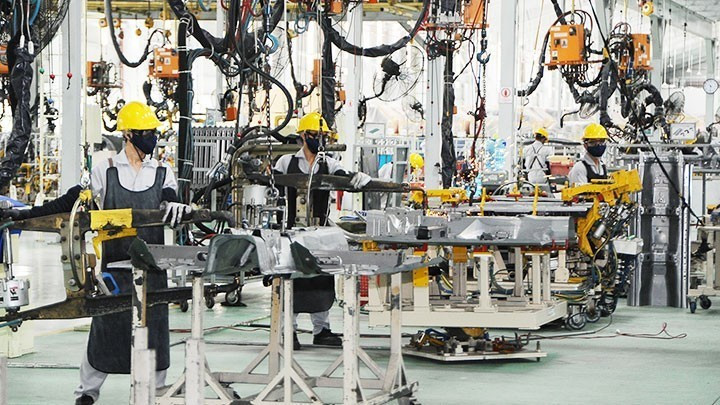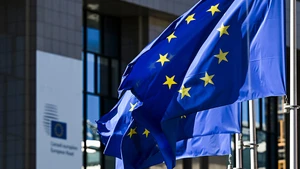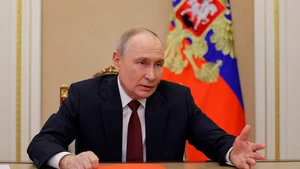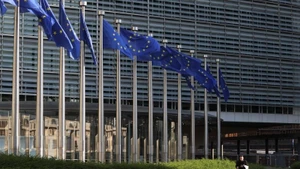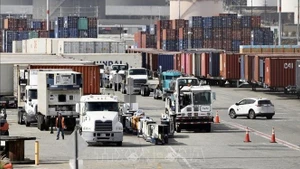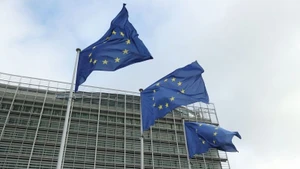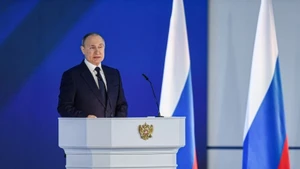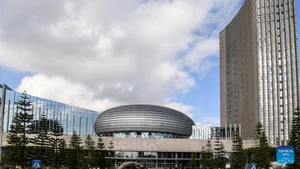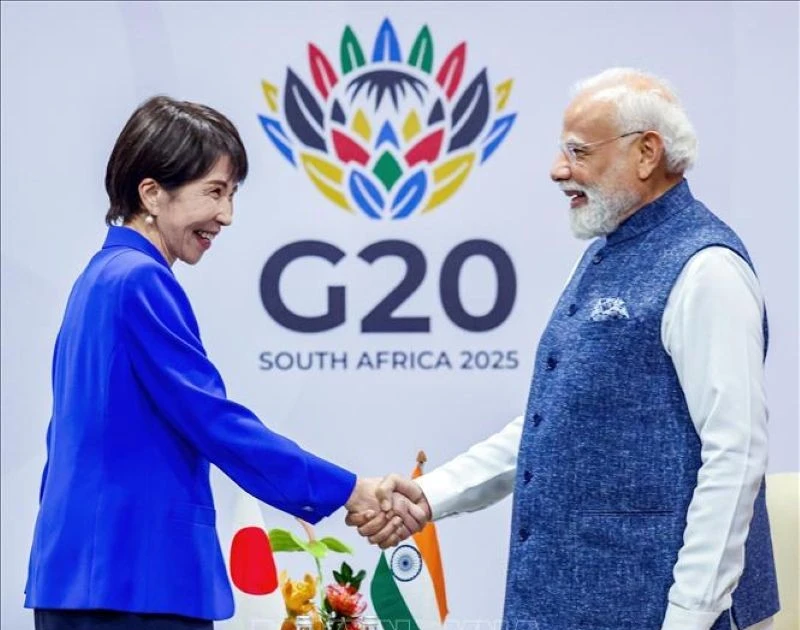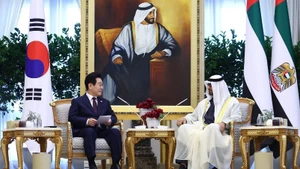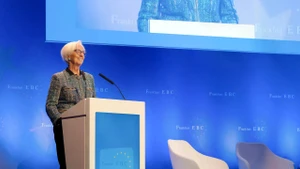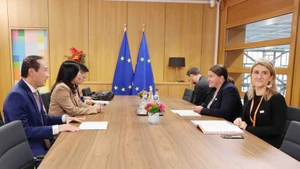With its strong appeal, RCEP now stands at a historic turning point, with many economies expressing their desire to join the agreement.
Five years after its signing and three years since it officially took effect, RCEP has become a “magnet” attracting numerous economies around the globe. According to a recent announcement from Malaysia, which holds the ASEAN Chairmanship in 2025, at the first RCEP Summit, slated for October, members will continue reviewing accession requests from several economies, including Hong Kong (China), Sri Lanka, Chile, and Bangladesh. The expansion process has received broad support and strong consensus from existing members.
It is not difficult to explain RCEP’s appeal. As the largest free trade agreement in the world by population, RCEP has become known as a “giant” in global trade. It is the first FTA to bring together all 10 ASEAN member states, the three leading Northeast Asian economies — China, Japan, and the Republic of Korea — alongside the dynamic markets of Australia and New Zealand. Accounting for around 30% of global GDP and providing access to nearly 2.3 billion consumers, equivalent to 30% of the world’s population, RCEP establishes a vital cooperation framework for global trade flows, helping to stabilise supply chains and strengthen regional economic connectivity.
With the advantages of a new-generation, comprehensive and inclusive FTA, RCEP has already delivered “sweet fruits” for its 15 members. Just three years into implementation, the agreement has boosted intra-bloc trade by 3% — an impressive figure given the global economy’s ongoing turbulence and deepening fragmentation.
Defying the rise of protectionism and anti-globalisation, RCEP’s achievements provide vivid evidence that nations can achieve shared prosperity through extensive economic cooperation, trade liberalisation, and investment facilitation.
Research by the Asian Development Bank (ADB) shows that if fully implemented, by 2030 RCEP will raise the incomes of member economies by 0.6% compared with current levels, while creating 2.8 million new jobs.
According to World Bank President Ajay Banga, RCEP, together with a series of FTAs signed over the past decade, has reshaped the global trade map, whereby developing countries have become each other’s key partners rather than relying solely on traditional developed markets.
According to World Bank President Ajay Banga, RCEP, together with a series of FTAs signed over the past decade, has reshaped the global trade map, whereby developing countries have become each other’s key partners rather than relying solely on traditional developed markets.
In addition, the agreement serves as a significant driver in promoting a free and open trading system in the Asia-Pacific region. RCEP was initially created with the aim of eliminating tariff barriers, boosting investment, and facilitating freer movement of goods within the bloc.
Amid today’s volatile global economy, the agreement plays an essential role, acting as a firm “shield” that helps countries withstand tariff storms and reinforcing confidence in multilateral cooperation. Analysts note that cooperation through RCEP is no longer a supplementary option but has become a strategic, flexible, and long-term integration policy for its members.
The number of barriers to free trade is rising at an unprecedented pace in decades, posing major challenges to global economic growth. Hence, the need to safeguard an open, inclusive, and rules-based multilateral trading system has become all the more urgent.
In this context, RCEP will continue to serve as a crucial platform for member states to work together, maintain global trade flows, and pursue the goal of sustainable growth.
